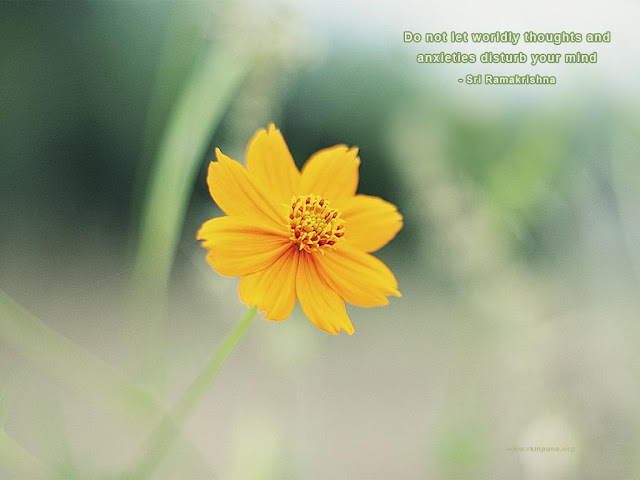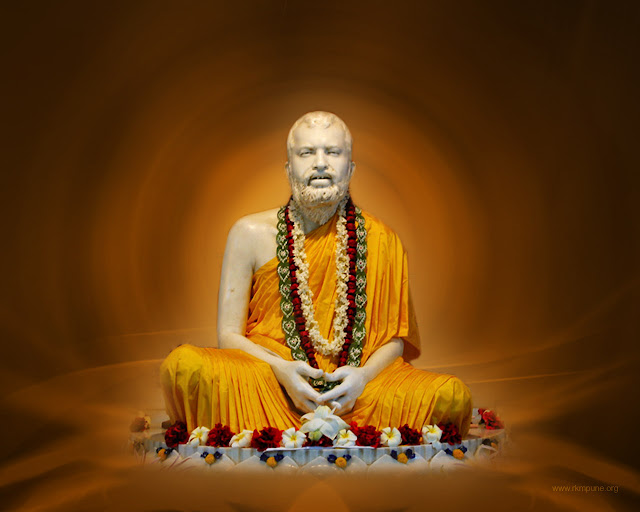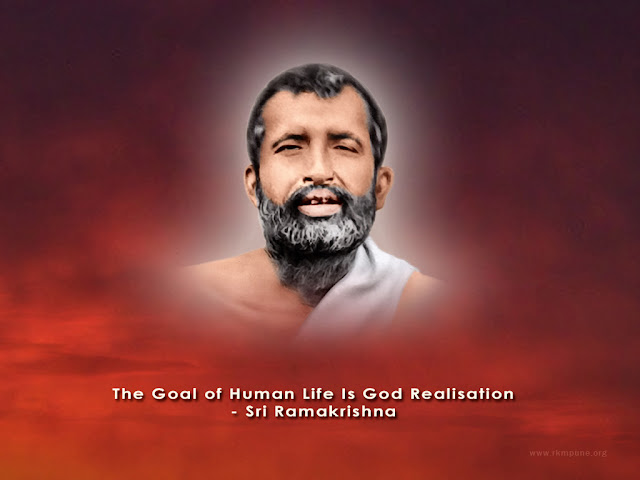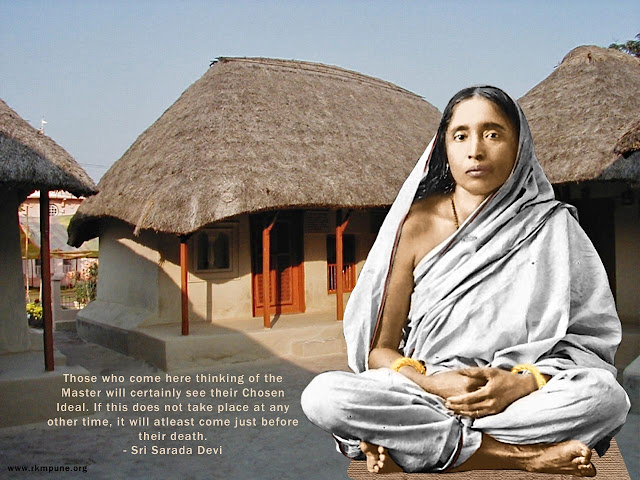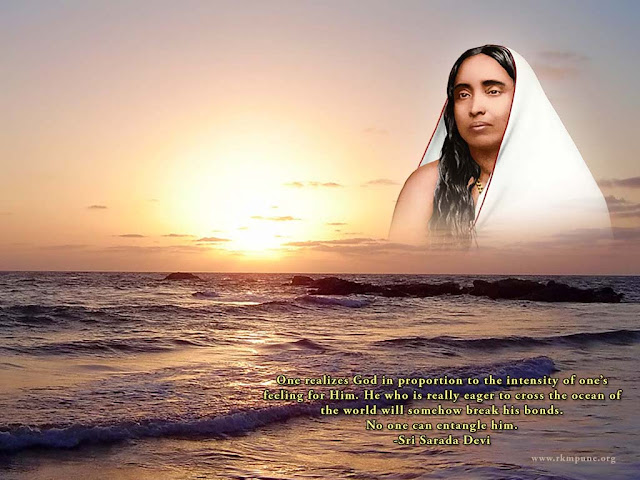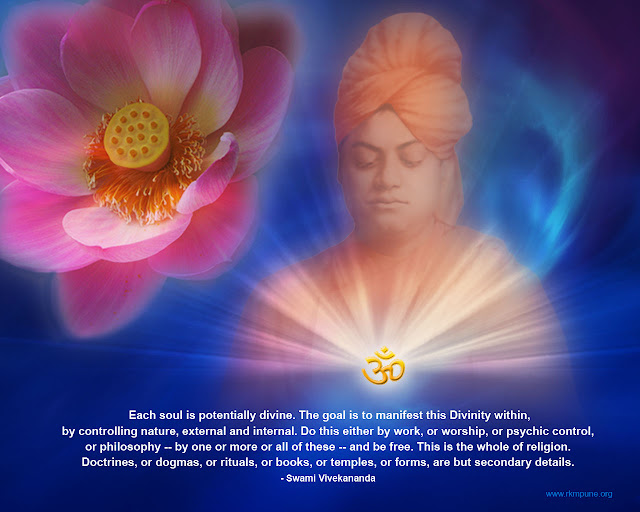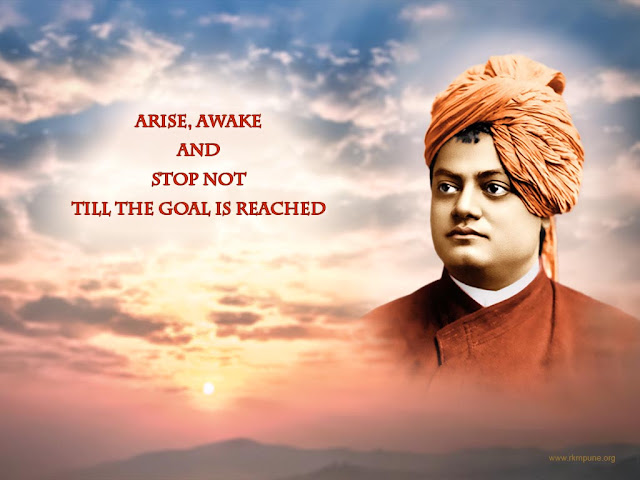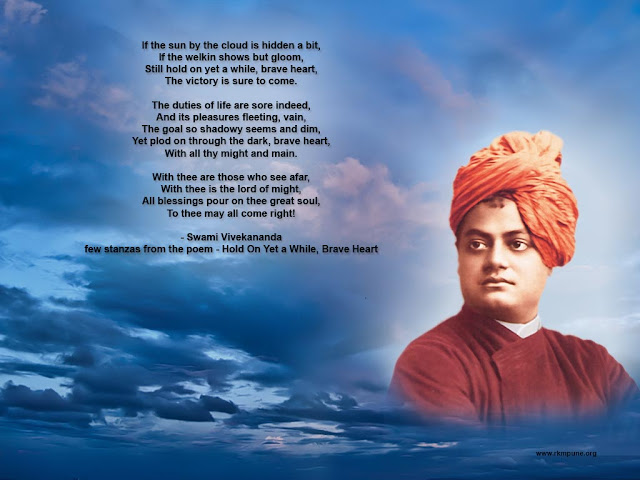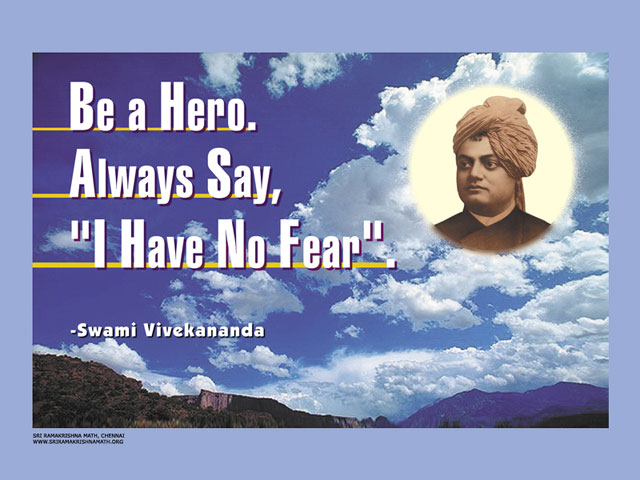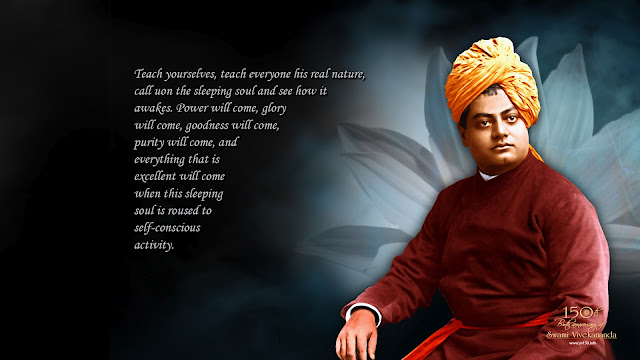April 15 marks the 100th year of the sinking of the Titanic
RMS Titanic was a passenger liner that sank in the North Atlantic Ocean on April 15, 1912, after colliding with an iceberg during her maiden voyage from Southampton to New York City.
The sinking of Titanic caused the deaths of 1,517 people in one of the worst maritime disasters in history. She was the largest ship afloat at the time of her maiden voyage. Although it is a hundred years since the ship sank and all the people associated with it have long gone, it has remained in the collective memory of people. By a strange co-incidence the tragedy of Titanic was described in detail 17 years before it occurred. It was a work of pure fiction!
In 1898, retired merchant navy officer Morgan Robertson wrote a novel ‘The Wreck of the Titan’, which uncannily predicted the Titanic disaster 17 years later.
Apart from the similarity in the names of the two ships, Robertson’s ‘Titan’ was also a huge, supposedly unsinkable British liner making its maiden voyage from the Southampton to New York with 3,000 passengers on board. It too struck an iceberg in the North Atlantic and sank, with many people losing their lives because of the shortage of lifeboats.
The Titan and its sinking have been noted to be very similar to the real-life passenger ship RMS Titanic. The first half of the novella introduces the hero, John Rowland. Rowland is a disgraced former Royal Navy lieutenant, who is now a drunkard and has fallen to the lowest levels of society. Dismissed from the Navy, he is working as a deckhand on the Titan. The ship hits the iceberg, capsizing and sinking, somewhat before the halfway point of the novel.
In the closing lines of the story he receives a message from his former friend, inviting him to visit her and her daughter.
Although the novel was written before the Olympic-class Titanic had even been designed, there are some remarkable similarities between the fictional and real-life counterparts.
Like the Titanic, the fictional ship sank in April in the North Atlantic, and there were not enough lifeboats for the passengers. There are also similarities between the size: 800 ft long (Titan) versus 882 ft 9 inches (Titanic), speed (25 knots for Titan, 21 knots for Titanic) and lack of life-saving equipment aboard both the ships.
The Titanic struck an iceberg on the starboard side on the night of April in the North Atlantic 400 miles away from Newfoundland. On an April night, in the North Atlantic 400 miles from Newfoundland (Terranova), the Titan hit an iceberg while traveling at 25 knots, also on the starboard side!
The unsinkable Titanic sank, and more than half of her 2,200 passengers died. The indestructible Titan also sank, more than half of her 2,500 passengers drowning!
Reel drama
- ‘Titanic’, the 1997 movie directed by James Cameron, is the most popular movie on the Titanic tragedy. However, it is not the first movie on the subject.
- ‘Saved from the Titanic’ was a 1912 silent motion picture short starring Dorothy Gibson, an actual survivor of the sinking of the RMS Titanic. She co-wrote the script and played a fictionalised version of herself recounting the story of her rescue to her (fictional) parents. To add to the film’s authenticity she wore the same clothes in which she had left Titanic, aboard the first lifeboat launched from the ship. It was the first film to be made about the disaster and opened in the United States just 29 days after the ship sank.
- ‘Titanic’ (1953): An American drama film directed by Jean Negulesco, its plot centres around an estranged couple sailing on the maiden voyage of the RMS Titanic.
- ‘A Night to Remember’ is a 1958 docudrama film adaptation of Walter Lord’s book ‘A Night to Remember’ (1955), recounting the final night of the RMS Titanic. The Titanic disaster is depicted in straightforward fashion. A DVD of this black-and-white movie is available for borrowing from the British Library in Bangalore.
- ‘The Legend of the Titanic’ is a 1999 animation film, directed by Orlando Corradi and Kim J Ok.
- The 2010 film ‘Titanic II’ takes place in 2012. A hundred years since the sinking of the Titanic, a new luxury cruise liner, Titanic II, is soon to embark on her maiden voyage, on the same route the Titanic took 100 years before. During the voyage, an iceberg comes onto her path and her crew must prevent her from suffering the fate of her predecessor.
Real pictures of Titanic Ship:
 |
| Survivors from the Titanic are pictured here rowing towards rescue ship the Carpathia in what appear to be relatively calm seas |
 |
| Danger ahead: Taken from a rescue vessel, this photograph shows an iceberg in the distance - perhaps even the one that sank the luxury liner |
 |
| Rescue: The SS California is pictured at the scene, having initially ignored the Titanic's distress rockets |
 |
| Doomed: The 'unsinkable' Titanic setting sail from Southampton in 1912 |
 |
| Watery grave: The bow of the Titanic at rest on the bottom of the North Atlantic, about 400 miles south east of Newfoundland |
 |
| Staterooms on decks C and D demonstrate the difference between the standards of room |
 |
| Different class: The pictures on the left of decks A and B show the opulence in which some stayed compared with those in the lower classes on decks C and D |
 |
| Different class: The pictures on the left of decks A and B show the opulence in which some stayed compared with those in the lower classes on decks C and D |














































